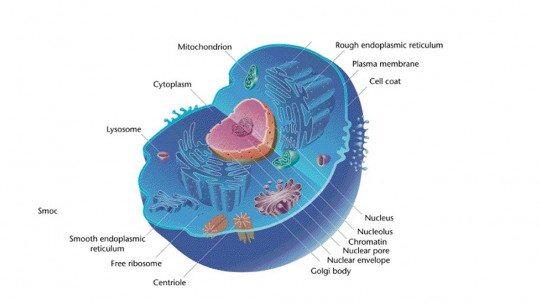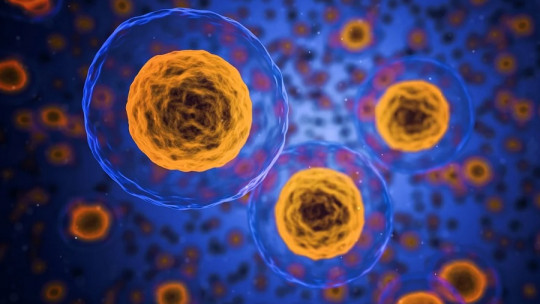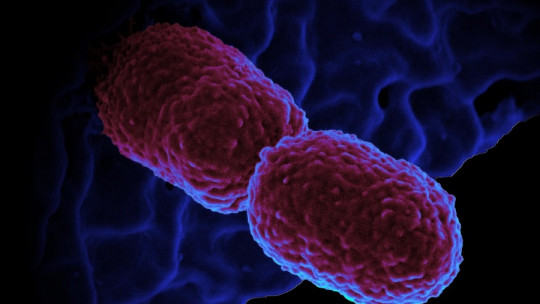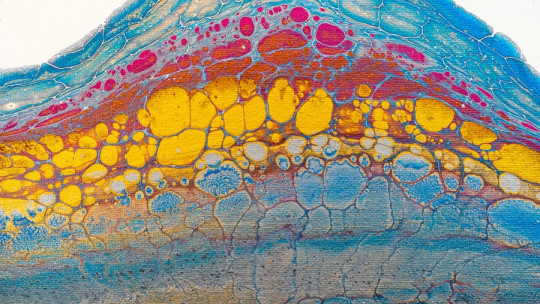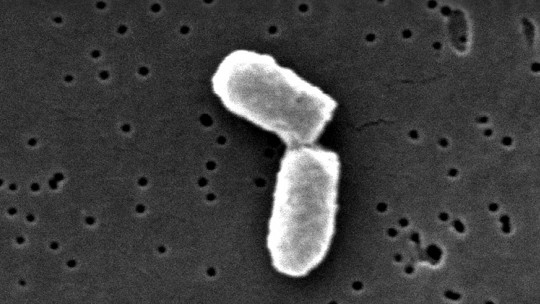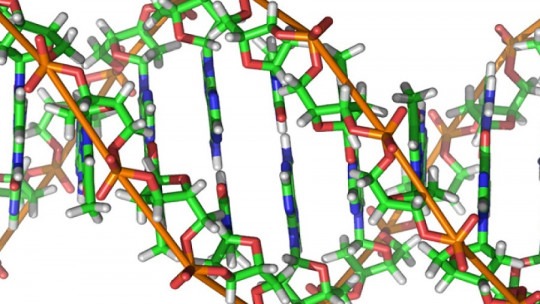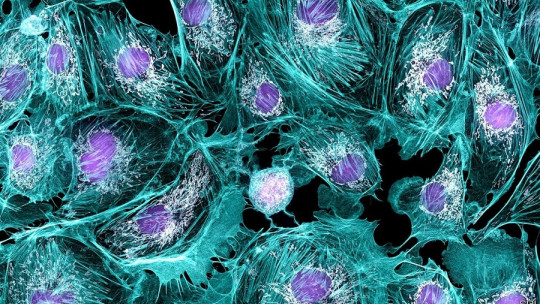
The cell is the basic unit of life. Every entity that is considered alive has at least one cell in its body structure, from the most basal prokaryote to the human being, which seems to be made up of 30 million million cells (84% of them red blood cells).
Every cell must be able to nourish itself, grow, multiply, differentiate, signal, recognize the environment (chemotaxis) and evolve, that is, its genome varies throughout generations.
In addition to these functions, it should be noted that the cell presents DNA in its structure in the form of chromosomes, which can be free in the cytoplasm (prokaryotes) or enclosed by a nuclear membrane (eukaryotes). This DNA contains all the information necessary for the synthesis of proteins, which make up 80% of the dehydrated cellular protoplasm. Through transcription and translation processes, the information present in genes is transformed into a chain of amino acids, the basal units of all protein material.
For all these processes to take place, the cell must present an internal homeostatic balance, that is, remain relatively constant despite environmental changes. The plasma membrane delimits this unit from the rest of the environment and modulates the entry and exit of substances, but there are other accessory structures that promote the protection and integrity of the cell. Here we tell you everything about the cell wall
What is the cell wall?
The cell wall can be defined as an extracellular matrix that surrounds all plant cells (Kingdom Plantae). In any case, it is also present in most prokaryotes, fungi and other living beings, which are usually considered “evolutionarily simple.”
On the other hand, Animal cells do not have a cell wall and their only delimitation with respect to the environment is the plasma membrane
Although in all cells it is the plasma membrane that delimits the inside of the cell from the outside, various taxa of living beings have chosen to cover these structural units with an insoluble matrix of secreted macromolecules. This matrix or extracellular wall not only provides structural support to cells and different tissues, but also allows the maintenance of the cell in the environment, the formation of adhesions and special interactions, and dictates the functionality of various strains within the same cell. living being.
The composition of the cell wall varies between the different taxa of living beings that present it Therefore, we tell you the particularities of this formation in bacteria, fungi and plants separately.
1. Cell wall in bacteria
In bacteria, the cell corresponds to the entire body For this reason, these microorganisms usually present special structures (such as cilia, flagella and fimbriae) that other multicellular beings do not have in most of their tissues. While we have aggregate structures that allow us locomotion, bacteria must make do with a single cell body to perform all their vital functions.
Something similar happens with protection against external stressors. Although we have an entire tissue dedicated to covering and protection (skin), bacteria need other, less demanding structures (such as cell walls), which cover the membrane and allow the cellular unit to maintain its integrity. In addition to protection from the outside, the bacterial wall prevents the cell from exploding or deforming due to turgor (swelling due to changes in concentration between the medium and the cytoplasm).
The bacterial cell wall It is composed of peptidoglycan (murein), which in turn is made up of polysaccharide chains, interconnected by unusual peptides containing D-amino acids The chemical composition is the essential differentiator between the walls in the different kingdoms, since that of fungi is made up of chitin and that of plants is made up of cellulose. In any case, the premise and functionality are similar in all these taxa.
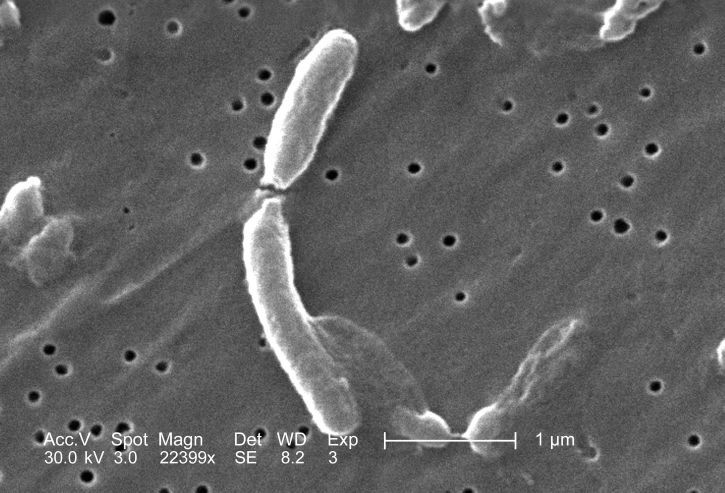
2. Cell wall in fungi
In biology, the term “fungus” or Fungi It is used to designate a taxon of eukaryotic organisms that include molds, yeasts and mushroom-producing living beings. They could look like plants, but they differ from these in that they are heterotrophic, that is, they They obtain organic matter directly from the environment and cannot carry out photosynthesis
On the other hand, they differ from animals by the presence of the cell wall in their cells, since we remember that the delimitation in the latter ends with the plasma membrane. Between two waters, fungi are considered more phylogenetically close to animals than to plants or prokaryotes.
Once this point has been clarified, it should be noted that, as we have already said, The cell wall of fungi is made of chitin This compound is a type of carbohydrate, which is in turn formed by β-(1,4)-N-acetylglucosamine subunits (in basidiomycetes and ascomycetes), although in zygomycetes it is present in the form of poly-β-(1) chitosan. ,4)-N-Acetylglucosamine).
In addition to chitin or chitosan, the cell wall of fungi It also contains glucans, glucose polymers that serve to connect the different chitin chains Finally, this structure also has enzymes necessary to synthesize and destroy wall and has structural proteins.
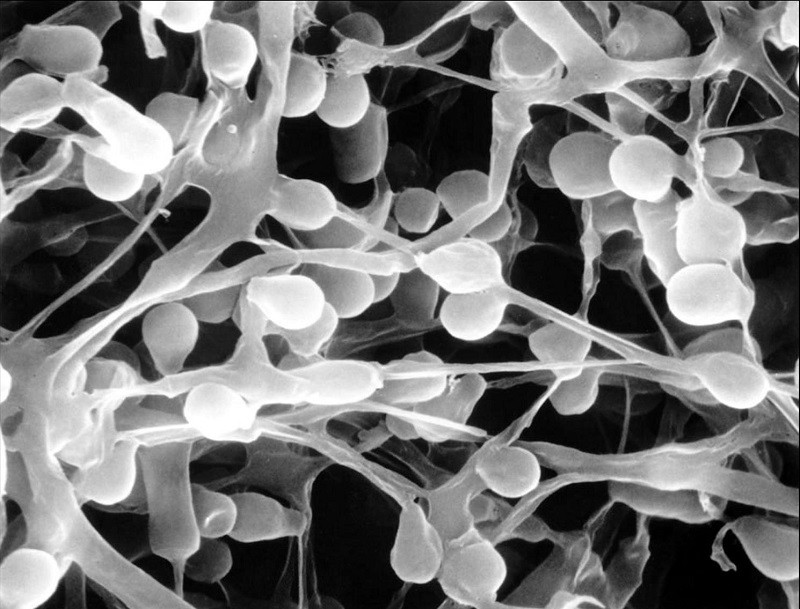
3. Cell wall in plants
The cell wall of plants is the best known at a general level, as it is usually used as the main distinction between the cell of the kingdom Animalia and Plantae. The most important function of this hard and resistant extracellular matrix is to withstand the osmotic pressure of the cellular environment product of the difference in concentrations between the internal and external environment.
When the extracellular medium is hypotonic (it has a lower concentration of solutes than the cell), water enters the cell, causing its swelling or turgor. From a chemical point of view, the balance is sought between the hypotonic external solution and the hypertonic cytoplasm, that is, for both to become isotonic with the exchange of fluids. Without cell walls (which withstand pressures several times higher than atmospheric pressure), plant cells would swell due to the entry of water and they would end up exploding.
To withstand these pressures, the cell wall must be strong and rigid. In addition, it has three different layers:
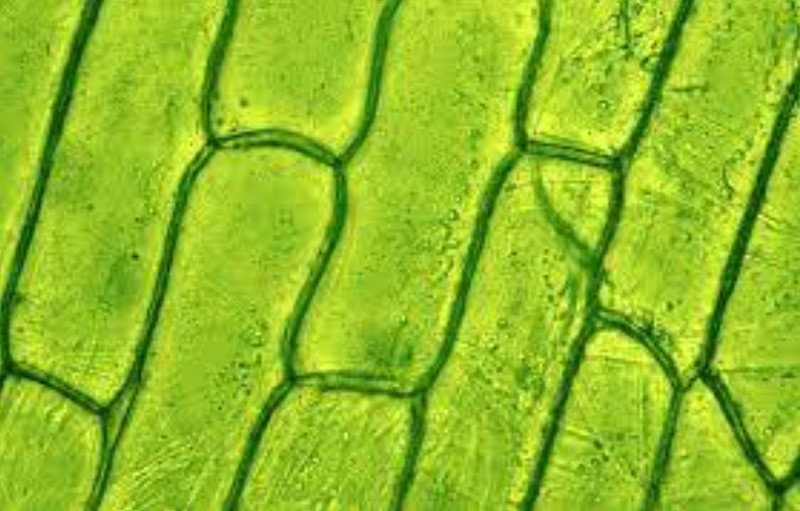
In the primary growing cell wall, the most important synthesis materials are cellulose (a polymer composed of more than 10,000 glucose monomers), hemicellulose (especially xyloglucan type) and pectin It should be noted that, curiously, cellulose is the most abundant biopolymer on Earth, since plants contain in their tissues (in the form of carbon molecules) 80% of the biomass of the entire planet, about 450 gigatons.
In the plant cellular environment, cellulose fibrils are embedded in a matrix, which consists of proteins and the other two polysaccharides already mentioned, hemicellulose and pectin. While the distribution of these three polysaccharides is homogeneous in the primary wall, in the secondary wall 80% of them correspond to cellulose, hence its rigidity and strength.
Summary
As you may have seen, the work of the cell wall goes far beyond the plant kingdom. Bacteria (except mycoplasmas) and fungi also have it and, although their composition is different, the foundation is the same: to prevent the cell from suffering mechanical stress or from exploding due to osmotic imbalances.
In addition to this vital work, the cell wall in plants (especially the secondary one) also acts as “the partitions” for the construction of tissues, since its hardness, little malleability and potential for union with adjacent structures give this extracellular matrix all the properties necessary to keep tissues organized. Without the cell wall, the life of plants, prokaryotes and fungi would be impossible.

